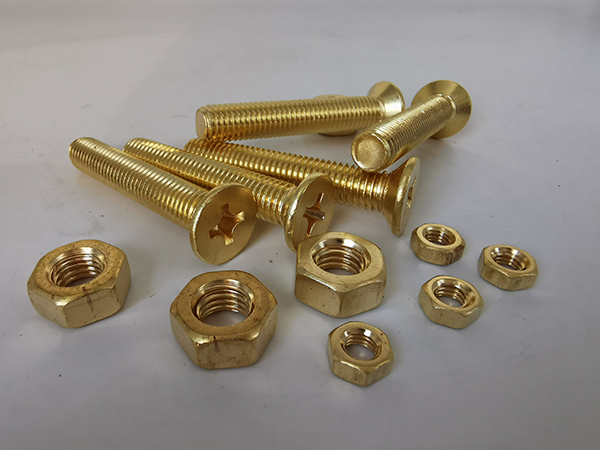Fire Equipment
TOP SEALING produces a full range of firefighting equipment, including Female Thread Hydrant, Flange Hydrant, 3-Position Hose Nozzle, Hose Nozzle, Fire Coupling, Fire Connector, Fire Cover, Fire Wrench, Fire Pipe Thread, etc., with many advantages: high strength, weight Lightweight, aging resistance, corrosion resistance, good color consistency. These fixed firefighting equipment are used to supply water to fire trucks or directly connect with hoses and water guns for fire extinguishing. They are usually installed in the fire hydrant box and used in conjunction with fire hoses and water nozzles. It is a special facility for outdoor fire-fighting water supply, and it is also suitable for indoor fixed fire-fighting facilities such as factories, warehouses, high-rise buildings, public buildings, and ships.
- 1.The Importance of Fire Equipment Fire equipment is crucial in emergency situations as it helps prevent the spread of fires and minimizes damage to property. Early detection of fires through smoke detectors and fire alarms can give people ample time to evacuate the building safely. Similarly, having appropriate fire extinguishers on hand can help extinguish small fires before they become uncontrollable. Fire equipment is not only necessary for the safety of people and property but is also required by law in many jurisdictions.
- 2.Types of Fire Equipment There are various types of fire equipment available in the market, each designed for specific purposes. Some of the most common types of fire equipment include: Fire extinguishers: These are handheld devices used to extinguish small fires. There are different types of fire extinguishers, including water, foam, dry powder, and CO2 extinguishers, each suitable for different types of fires. Smoke detectors and fire alarms: These devices are designed to detect smoke and fire, triggering an alarm to alert people in the building and emergency services. Fire hoses and hydrants: These devices are used by firefighters to extinguish large fires. Fire hoses are connected to hydrants and provide a continuous supply of water to extinguish fires.
- 3.Maintenance and Inspection Requirements Proper maintenance and inspection of fire equipment are essential to ensure their effectiveness in emergency situations. Fire equipment must be inspected regularly to ensure that they are in good working condition and meet the requirements of the local fire codes. Additionally, fire equipment should be maintained and serviced by qualified professionals to ensure their longevity and reliability. It is crucial to keep accurate records of inspections and maintenance to ensure compliance with local regulations and to facilitate the replacement of outdated or faulty equipment.

 English
English русский
русский Español
Español

